
2020 Tech Trends Report
Strategic trends that will influence business, government, education, media and society in the coming year (13th Edition)
Recommendation
Leaders in politics, innovation and business pay more attention to the future than ever before. Fast-moving technological advances generate so much disruption that building strategy can be difficult. With the Future Today Institute’s 2020 Tech Trends Report, leaders can make more sound decisions about how to invest, grow their business and support their teams. The “quantitative futurists” at FTI cover a broad scope and design their insights for laypeople. Recurring themes are big tech’s expansion into the public sector, data ownership and better regulations in what is increasingly a surveillance state. The FTI’s report can help leaders in business, the sciences and policy making build the future, today.
Summary
About the Author
Amy Webb is professor of strategic foresight at the NYU Stern School of Business. She is a quantitative futurist, founder of the Future Today Institute and author of The Signals Are Talking: Why Today’s Fringe Is Tomorrow’s Mainstream and The Big Nine: How The Tech Titans and Their Thinking Machines Could Warp Humanity. Marc Palatucci is a senior foresight analyst and associate with the Future Today Institute. He specializes in technology, culture and business.










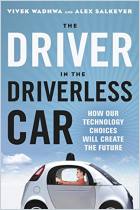
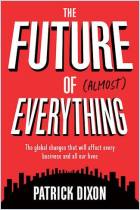
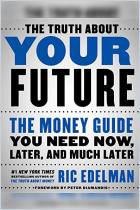
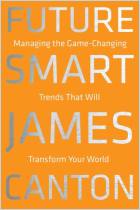
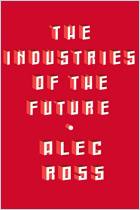
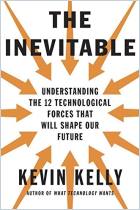

Comment on this summary